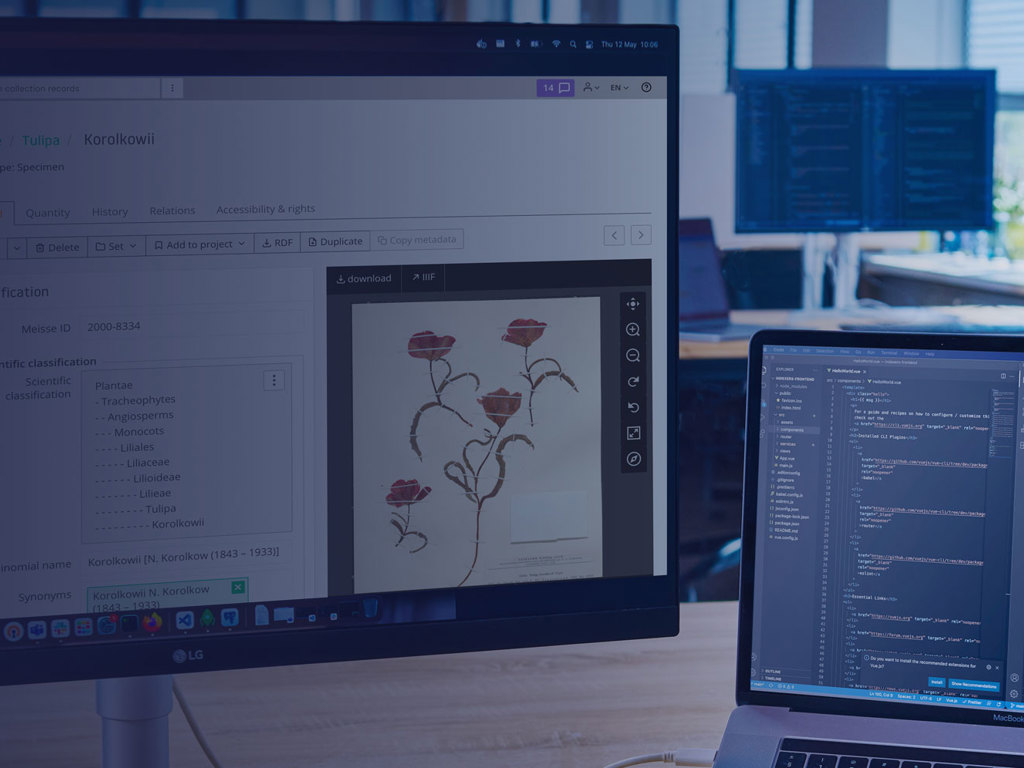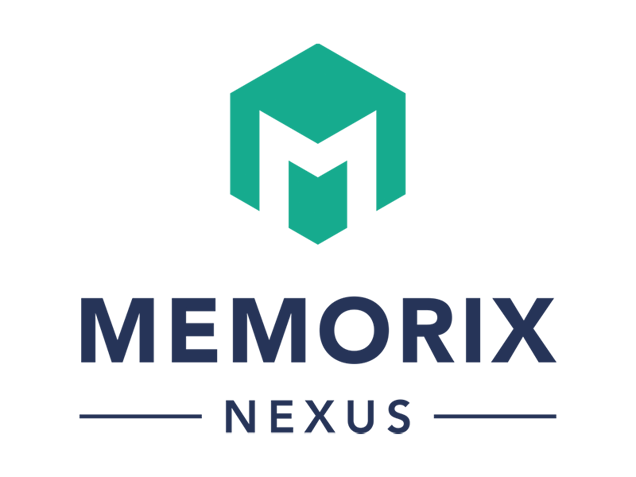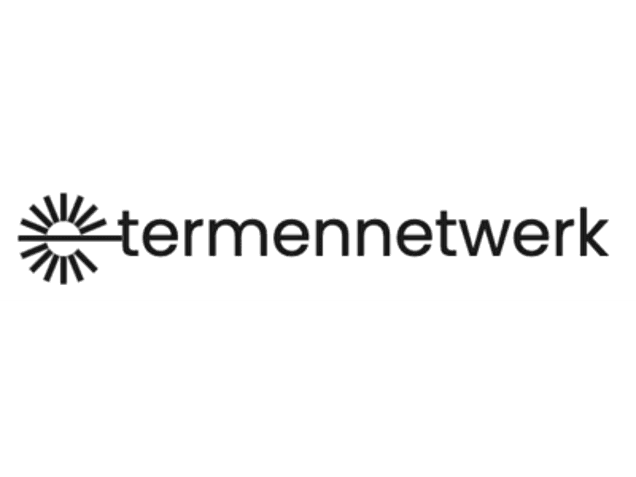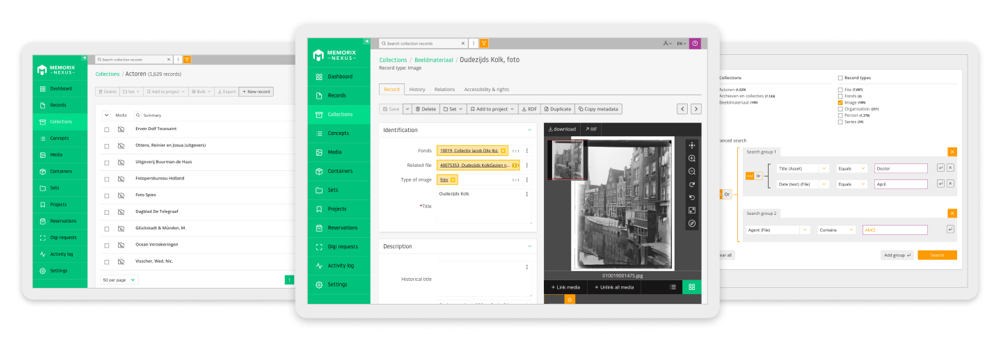Your Data is Central
With Memorix Nexus, the solution is data centric, online accessibility and usability are paramount. With just a web browser and an internet connection, you can use your computer, tablet or mobile to manage and access your collection from any location. In addition, Memorix Nexus is lightning fast and very smooth to use.



